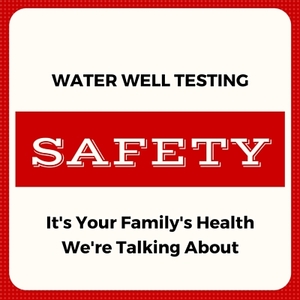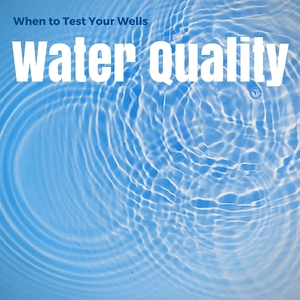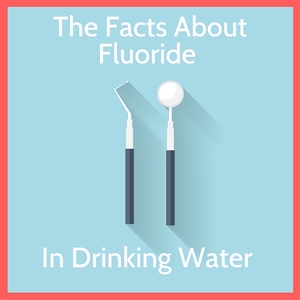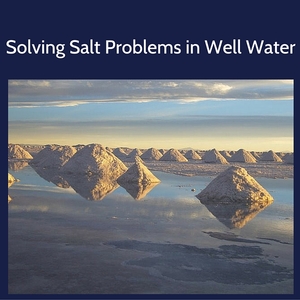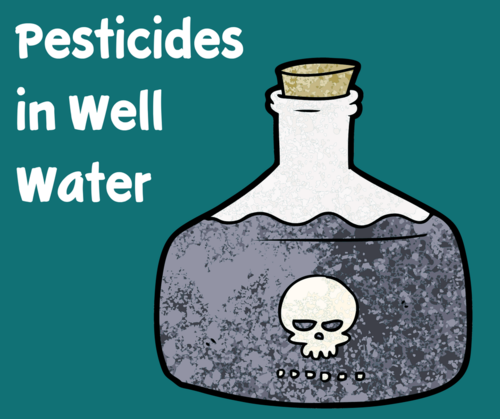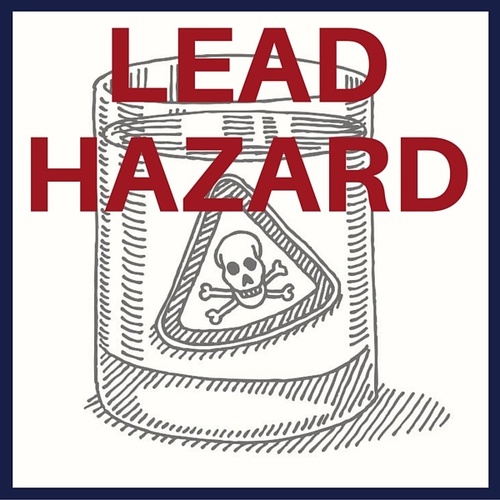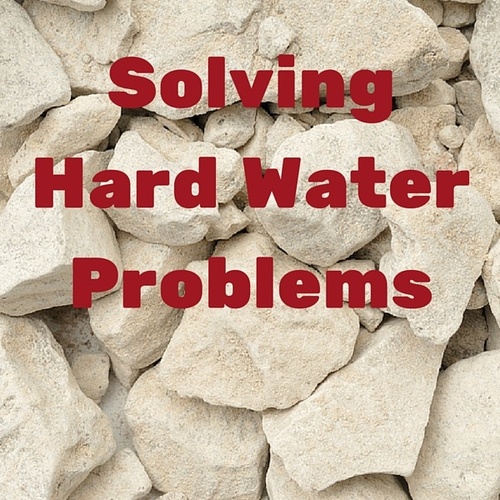02/24/2016
If you receive your water from a private well, you’re ultimately responsible for your family’s water quality. While there are many organic and inorganic contaminants that are both naturally occurring and manmade, most can be easily detected through water analysis, some do not impact water quality, and almost all can be dealt with through some form of water treatment.


